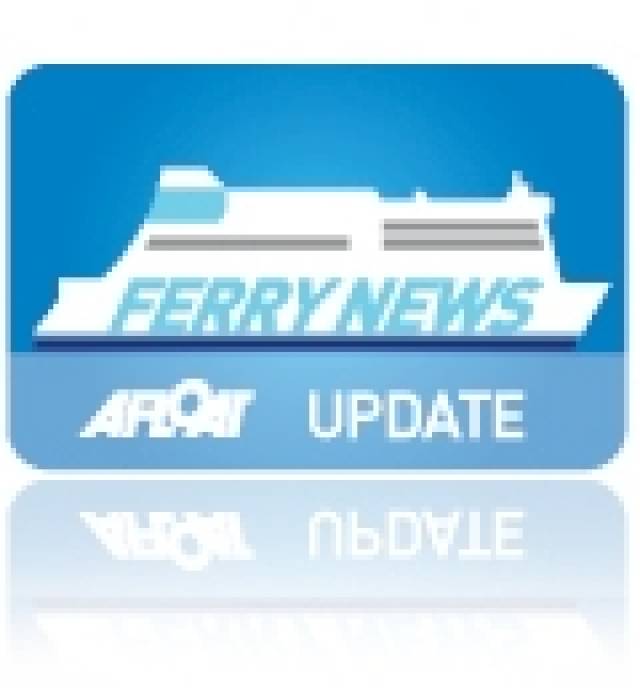#ChristmasSailings – Stena Line's decision to cancel Christmas sailings on Holyhead-Dun Laoghaire route which was to have started today, leaves those booked to make alternative sailings on Holyhead-Dublin Port services, writes Jehan Ashmore.
The absence of the High Speed Sea-service (HSS) Stena Explorer fast-ferry on the Holyhead-Dun Laoghaire route and over the early New Year, will see added traffic absorbed on Stena's Holyhead-Dublin service and that of rivals Irish Ferries also operating to the capital.
In addition P&O Ferries operate a trio of ships on the Liverpool-Dublin route, this central corridor route takes eight hours. In comparison to the link from Merseyside, crossing times on Holyhead services range from 3 hours 15 minutes if taken by conventional ferry or 1 hour 50 minutes on Irish Ferries fast-ferry Jonathan Swift.
Stena's route to Dublin Port is operated by a two-ship service on the Wales-Ireland service, while from today Irish Ferries have boosted capacity to cope with Christmas demand with the entry of Isle of Inishmore which joins the routes other three ferries.
Prior to making her appearance in Holyhead, Isle of Inishmore completed her normal Pembroke-Dock-Rosslare duties yesterday afternoon. This was followed by departing the Wexford port with an overnight repositioning passage to Holyhead, from where she took up this morning's sailing from Anglesey to the Irish capital.
Standing in for Isle of Inishmore on the Pembrokeshire route is Oscar Wilde, which made the last Rosslare-Cherbourg round trip sailings for 2014 followed by last night's first sailing to south Wales.
The French connection though remains as Irish Ferries operates a year-round Dublin-Cherbourg service running at weekends. Stena Line also provide an all-year Rosslare-Cherbourg link.
For details on central corridor seasonal sailing schedules, visit the following ferry websites: Stena Line, Irish Ferries and P&O Ferries, noting this operator does not take 'foot' passengers.































































